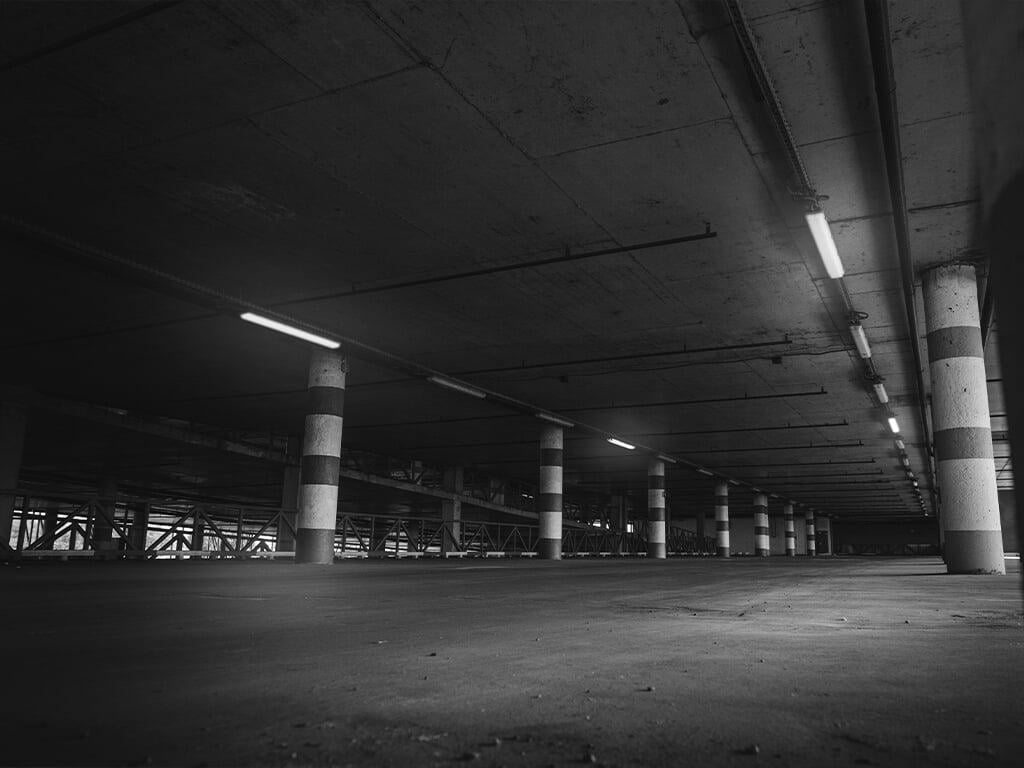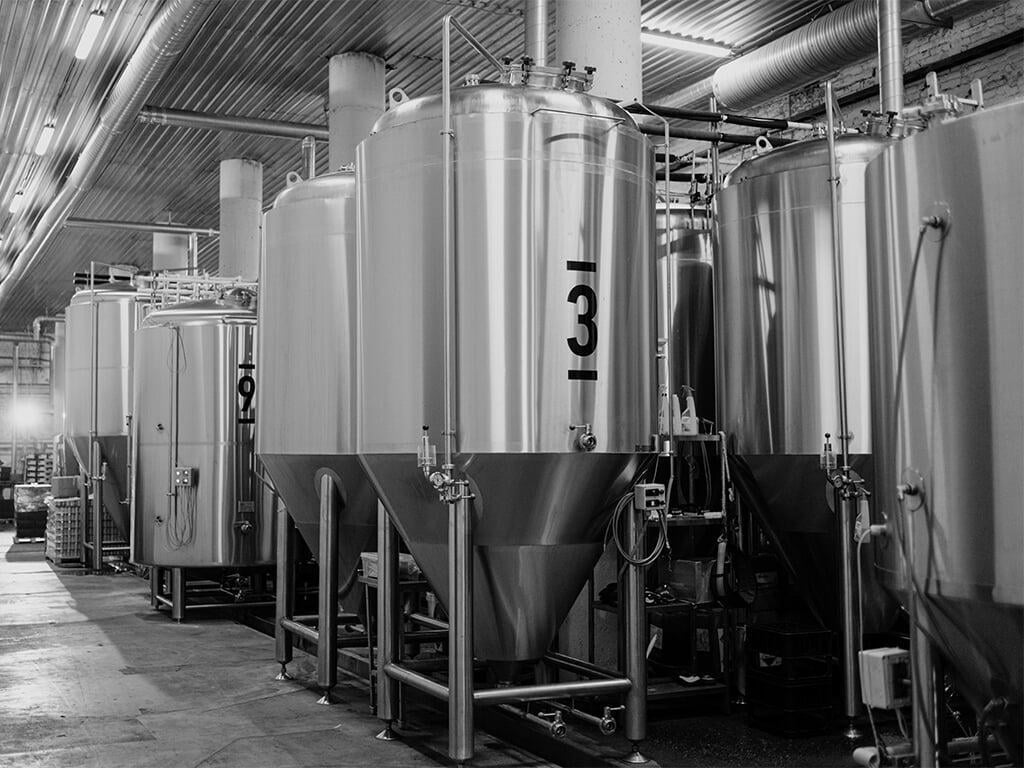Your Space
The space you wish to detect gas in will determine the number of detectors you will need.
Area
There are no hard and fast rules for placing of gas detectors and the number required. As a general rule for overall area coverage we use 6m² per detector, so if you are just trying to cover the whole of any area this is a good catch all. Gases move very quickly and will ultimately find their way to all areas so this will still provide detection.
Hazardous Areas
Certain places may have an Hazardous area zone attached to them. This is part of the risk assessment process and coincides with the ATEX hazardous area approvals. In these areas ATEX approved equipment (including gas detectors) is required. In general this requirement should be obvious as the area will have been zoned by the organisation operating it and they will have designated the level of equipment approval required (i.e. zone 1, zone 2, zone 0 (zone 0 is difficult to cover so if the area is zone 0 consult with us first!)
If you are not sure then look at the light fittings in the room. If the light switch is a regular “domestic” light switch and the lights are regular fittings then the area is not zoned. In zoned area explosion proof lighting is need and this is very heavy metal cased fixtures, not at all like those in someones home. If the light fittings are regular then “safe area” gas detectors are suitable.
Detector Positioning
With gas safety speed of detection is the most important thing and the speed of detection can be reduced if the detectors are placed near any potential source of gas. So for example, if you have a valve which may leak, or a join in a pipe which may leak and this could be your source of gas then that’s where you place your gas detector. If you have a single gas boiler in a large room, a single detector over the gas inlet to the boiler would probably suffice. The nearer to the source of the gas the faster the alarm.
For lighter than air gases such as methane, the detectors should be mounted in the ceiling where any gas leaks will gather with time. If the ceiling is a flat ceiling the detectors can be spaced every 6m² to provide general coverage, or over the source of the gas if this is known. If the roof is an apex (pointy) roof, then the detectors should go along the highest point, and typically a smaller number are required (approximately half those needed for the flat ceiling).



